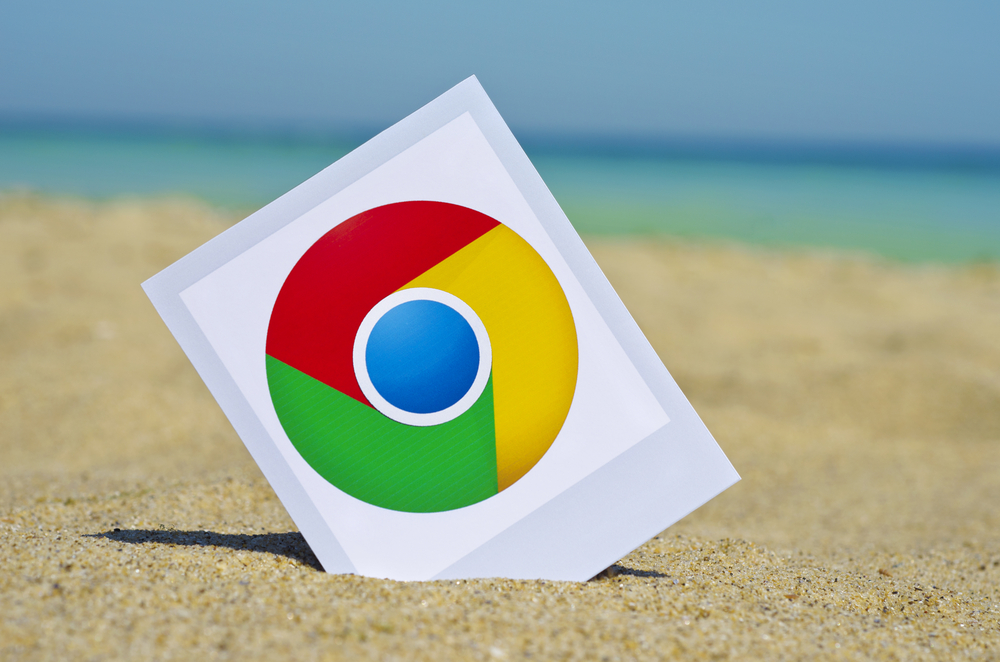Most Ethereum users are too aware of the different wallet solutions at their disposal. Parity is one of the most popular wallet options in this regard. Interestingly enough, the Parity project also has a Chrome extension, which provides similar functionalities to a certain degree. However, Parity is about more than just a wallet service, as it serves as an official Ethereum browser as well.
An Overview of the Parity Chrome Plugin
Similar to how the Parity project works, its Chrome plugin offers the same degree of functionality. Parity is mainly an Ethereum browser, which gives users convenient access to everything the Ethereum ecosystem has to offer. It also has built-in wallet capabilities, which means it can be used to send, receive, and store Ether currency. The main selling point of this project is how it provides users around the world with access to decentralized applications and ERC20 tokens, among other things.
Thankfully, the Parity Chrome plugin can also be installed from the webstore directly. This makes the process a lot easier compared to downloading a package from GitHub and having to complete the process manually. A lot of novice users would struggle with having to do it the manual way, to say the least. Chrome is not the most user-friendly browser when it comes to installing new extensions, as it is quite a confusing process for most novice users.
That being said, being able to port important Parity functions to the browser is quite significant. Using the Chrome extension doesn’t require users to download the Parity desktop client, which is a nice addition. Users can open Dapps right in their browser, as well as inspecting and confirm transactions related to the Parity desktop client. It is certainly possible to run this client without its desktop counterpart, but it will not provide the full experience, by the look of things.
As soon as users fire up the Chrome extension, they will see an error message. This message informs them of how they are not connected to a local Parity Node, and will not integrate seamlessly with the Ethereum network. Unfortunately, there is no reason to use the Chrome plugin itself without the desktop client. It is rather evident this plugin is designed to be a companion solution for the desktop client. Once again, rather confusing for novice users.
This also means the Parity Chrome extension will not serve as a regular wallet on its own, and does not support ERC20 tokens or cryptocurrency ICO participation unless you have the desktop client installed. People who are looking for an Ethereum wallet solution for ICOs which works directly from their browser will have to look elsewhere, unfortunately. Then again, not every Chrome extension is designed to provide a full-fledged wallet experience, which is only normal.
In the end, it is important to remember the Parity Chrome extension is a companion “app” for the desktop client. Without it, there is no real use for it on its own. The Parity desktop client offers a lot of exciting features for people to check out, including direct access to decentralized applications built on top of the Ethereum blockchain. The Chrome extension will provide some neat functionality to desktop client users, although not everyone will have a need for them.
If you liked this article, follow us on Twitter @themerklenews and make sure to subscribe to our newsletter to receive the latest bitcoin, cryptocurrency, and technology news.

